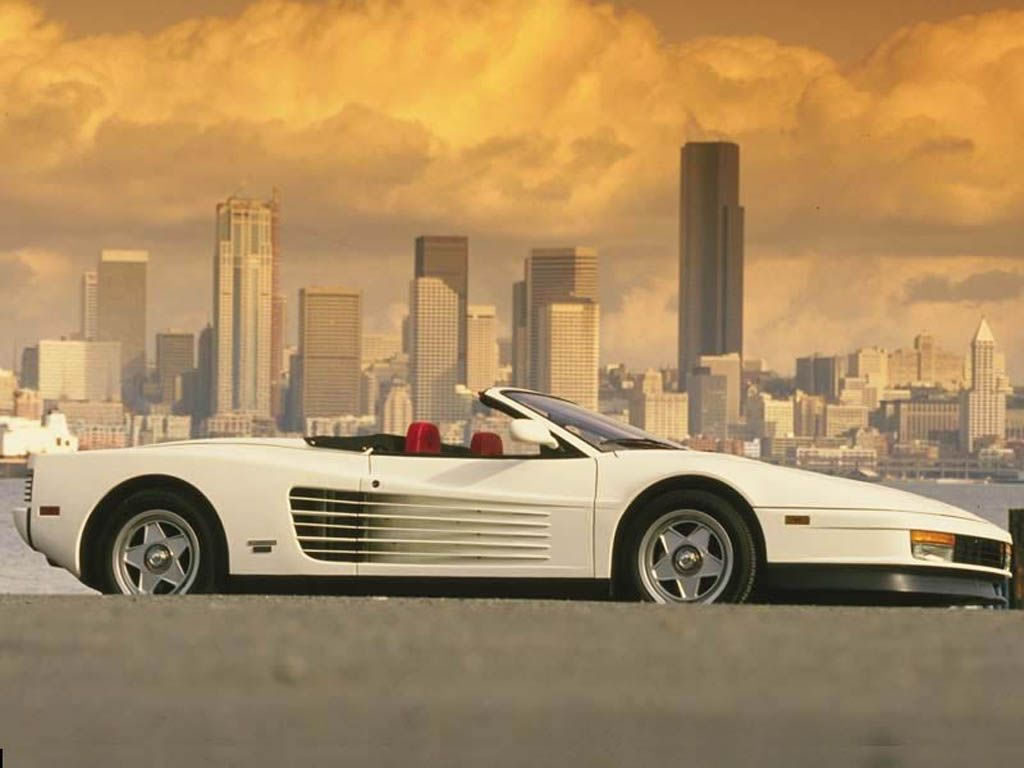 |
| Testarossa retained the spotlight even after production of its final variant ceased in 1996 |
The cherry-red finish with the silver rims and cream-colored interior is the combination that made Ferrari famous and that made the Testarossa the most admired car of the 1980s, leagues above Chevrolet's Stingray Corvette.
Ferrari started production of the Testarossa in 1984, with the first model to hit the streets being the 1985. For the 11 years it was in production, there were a few minor tweaks to improve the overall appeal and functionality of the sports car, but the basic model stayed the same, and the original was always considered to be the best of the bunch.
Testarossa wasn't just an average production model for Ferrari. This was to be the car to succeed the Berlinetta Boxer and hopefully put Ferrari back on the map. Everything about Ferrari's newest sports car just stood out as dominant and "cool." The name itself was derived from the red cam covers - testarossa literally means "red head" in Italian.
Undoubtedly, the Ferrari Testarossa instantly took center stage and became the world's fastest production car (non-racing, of course). This is the model that practically invented the term "supercar" when associated with road-ready production models.
The designing process for the Testarossa began in 1982, with the idea to create a street car that both looked and performed like a racing car. The design team came up with a sleek, mid-engine design, featuring radiators in the flanks, a low top, state-of-the-art brakes, a stellar transmission and a 12-cylinder powerhouse engine.
A lot of testing also went into the overall design of the car's body. Ferrari pulled no punches when it came to measuring the Testarossa's performance at high speeds. They designed the car by using a high-speed wind tunnel to measure drag and eventually formulated what they considered to be a flawless aerodynamic design.
Carbon-fiber construction wasn't really big in the automotive industry in the 1980s, so Ferrari used what they had available, while still making sure to use only the best materials. The 1985 Testarossa was built from galvanized steel for the roof and doors, strong, lightweight aluminum for the body, and glass fiber pieces throughout other areas of the car.


One of the most loved aspects of the 1985 Ferrari Testarossa was the interior. The firewall, luggage shelf and wall-bound cabin gave the interior the overall feel of an airplane cockpit. The manual transmission, steering wheel and dashboard were also all lowered and on an angle, allowing the driver a full range of motion while staying in the flow of the car's design.
The Testarossa cost a whopping $87,000 in 1985, and it was pushing 390 horsepower, could get up to 60 MPH in 5.3 seconds, and had an overall speed of 180 MPH./Article by: James Man
Tidak ada komentar:
Posting Komentar